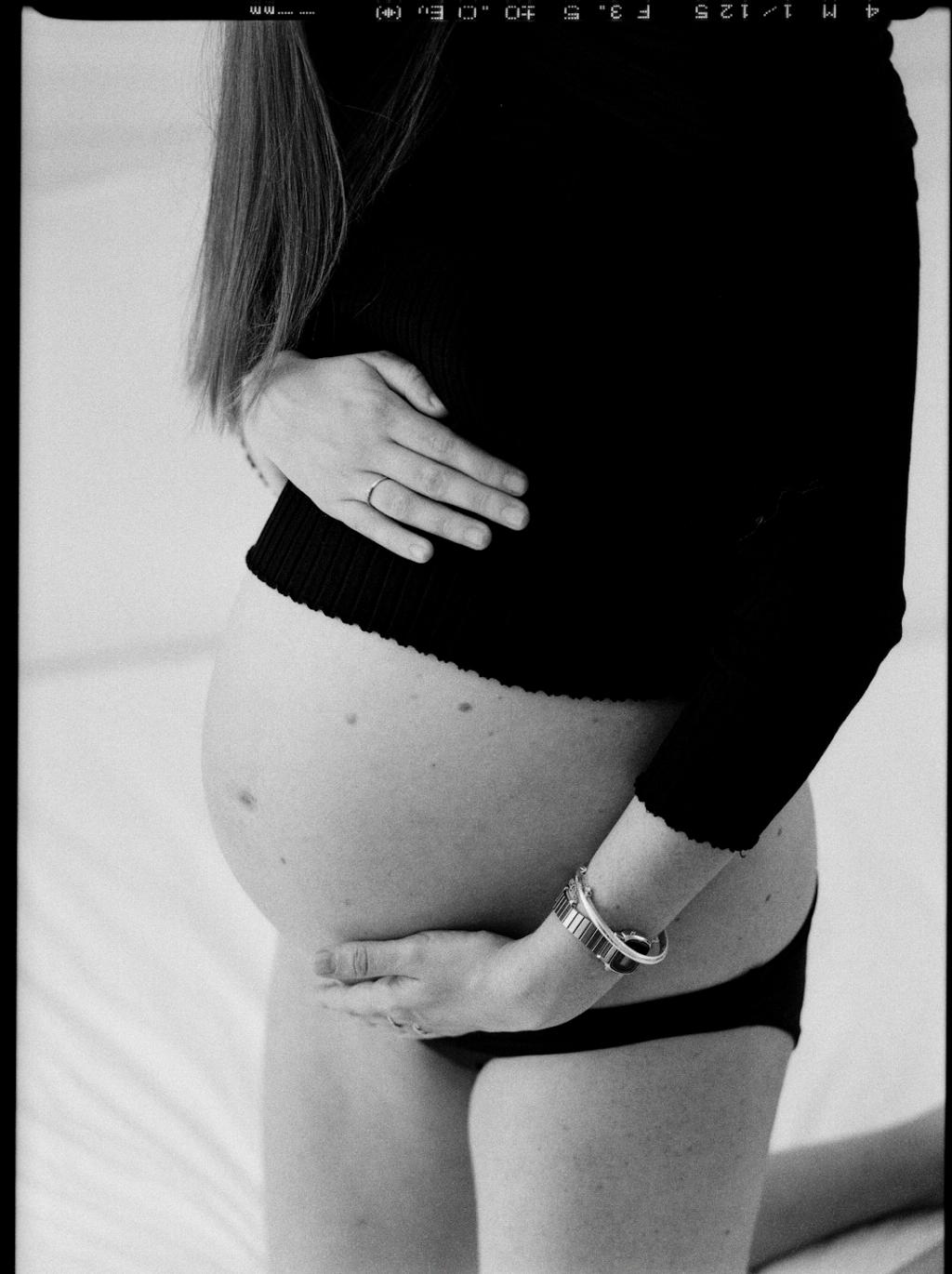When it comes to exercise and heart rate, there are several important factors to consider. One key metric is the target heart rate, which is often expressed as a percentage of your maximum safe heart rate. This maximum rate is calculated based on your age, with a common formula being 220 minus your age.
What Does a Heart Rate of 170 BPM Mean?
A heart rate of 170 beats per minute (BPM) may be considered high for some individuals, especially during exercise. However, it is important to remember that heart rate responses can vary widely from person to person. What might be high for one individual could be normal for another.
Understanding Individual Variation
Factors such as fitness level, age, overall health, and medications can all play a role in determining what is a safe and appropriate heart rate during exercise. Some individuals, such as athletes, may have lower resting heart rates and can sustain higher heart rates during physical activity.
Signs of Overexertion
While a heart rate of 170 BPM may be within a safe range for some individuals, it can also be a sign of overexertion for others. It is crucial to pay attention to how you feel during exercise. Symptoms such as dizziness, chest pain, shortness of breath, or feeling faint could indicate that you are pushing yourself too hard.
Consulting with a Healthcare Professional
If you have concerns about your heart rate during exercise, or if you experience any concerning symptoms, it is always best to consult with a healthcare professional. They can provide personalized guidance based on your individual health and fitness levels.
Importance of Listening to Your Body
Listening to your body is key when it comes to exercise. If you feel that a heart rate of 170 BPM is sustainable and comfortable for you, it may be acceptable during certain types of physical activity. However, if you feel unwell or experience any unusual symptoms, it is crucial to adjust your intensity or seek medical advice.
Gradual Progression and Monitoring
For individuals looking to improve their fitness levels, a gradual progression in exercise intensity is often recommended. Monitoring your heart rate during different types of workouts can help you gauge your effort levels and make adjustments as needed to ensure a safe and effective workout.
Consider Your Exercise Goals
Another important consideration when assessing the appropriateness of a heart rate of 170 BPM during exercise is your specific fitness goals. Different types of workouts, such as endurance training or high-intensity interval training, may involve varying heart rate ranges to achieve desired outcomes.
Building a Personalized Exercise Plan
Creating a personalized exercise plan that takes into account your individual fitness level, health status, and goals can help ensure that you are exercising safely and effectively. Working with a fitness professional or healthcare provider can help tailor a plan that is right for you.
Conclusion
In conclusion, whether a heart rate of 170 BPM is considered bad when exercising is not a simple yes or no answer. It depends on a variety of factors, including your age, fitness level, overall health, and how you feel during physical activity. Listening to your body, seeking medical advice when needed, and tailoring your exercise plan to meet your goals are all essential components of exercising safely and effectively.

